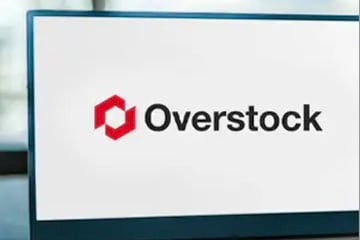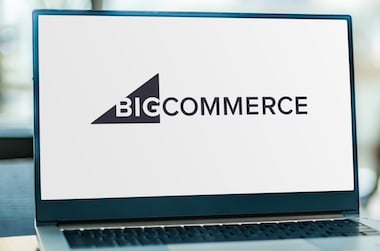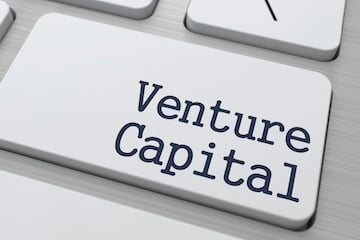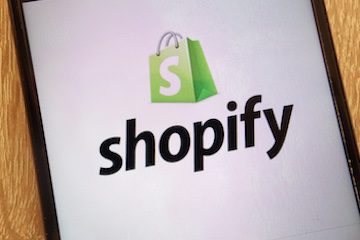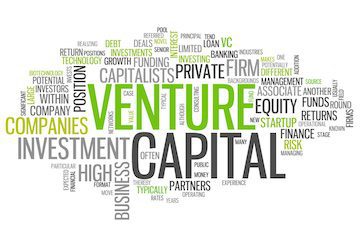Thrasio’s hypergrowth during the pandemic landed the ecommerce aggregator in bankruptcy. Now it’s back and on a path to profitability, according to newly-minted CEO Stephanie Fox.
The dramatic explosion of online sales during the pandemic resulted in Thrasio buying one company per week at its peak to reach about 180 brands. It got too big, too fast, and filed for Chapter 11 bankruptcy in February, from which it emerged in June.
As part of its rebirth, the aggregator is winnowing its holdings to about 50 brands, selling them off where viable or otherwise winding them down.
“We’ve been given that second chance to really build the right way and build in a sustainable, profitable way,” Fox said in a video interview.
The ecommerce boom during Covid led to mammoth growth as aggregators raised $16 billion of mostly debt to fund shopping sprees. In 2021 alone, equity funding for aggregator deals surpassed $6 billion. So far this year, aggregators have spent $100 million as demand has withered and debt loads have become too big to handle.
The rise of Temu and Schein hawking cheap Chinese goods doesn’t help, and Amazon is reportedly planning its own direct-from-China storefront to compete with them.
Overbuying, Overpaying
When it filed for bankruptcy protection, Thrasio entered into a restructuring agreement with some of its lenders to reduce $495 million in debt. In the filing, Thrasio estimated assets of $1 billion to $10 billion and liabilities of $500 million to $1 billion.
Where did it go wrong? Fox pointed to overbuying inventory, overhiring, and overpaying for brands.
Excess inventory is “an issue that everyone in the space experienced,” Fox said “100% of Amazon sellers plus retailers overbought inventory in Covid. For us, we were spread out across 180 brands at the time. And so it wasn’t just overbuying in one niche or one brand. We overbought everywhere, so just chewing through that inventory has been something we’ve had to work on for the last two years.”
Fox is a co-founder of Thrasio and has experienced the rollercoaster from the beginning. Now, “we know what works and what has potential. And we have some really, really strong brands in our portfolio.”
The company will focus on product launches within those brands, product development, and channel expansion rather than “commodity, look-alike” products that can be easily imitated and cheaply made.
“We’re being really strict on that,” Fox said. “We’re really having kind of a high bar for what we would consider to be a good brand, and then we’re investing a lot into those brands.”
It’s a strategy that could be successful after the frenzy of the pandemic years, according to Mark Daoust, founder of ecommerce brokerage Quiet Light. Aggregators were forced to deploy capital immediately, a fatal flaw that got a lot of them in hot water.
“There was a lot of irresponsible purchasing happening during that time,” Daoust said in a video interview in July. “With a more measured approach, a more slow-growth approach, I think it’s a very viable business model.”
Maybe Not
Not everyone agrees. Phil Masiello, the founder and CEO of CrunchGrowth Revenue Acceleration Agency, who has also built multiple ecommerce brands, said aggregating is never a good business model.
Masiello stated that entrepreneurs running their own businesses can keep costs low and maintain strong margins. However, upon selling to Thrasio, which was aiming to gain from expanded scale, the overhead explodes, and the profit margin shrinks.
“The people who had expertise in Amazon were building these smaller brands. The people they [the acquirers] put in charge had no expertise in Amazon. They were just minions doing the work,” Masiello said. “It’s a broken model, and it’s never going to succeed. It’s just going to continue to go down. And while this is happening, the brands that they did buy and the brands that they do control have been losing sales.”
But Fox is convinced they’re on the correct path. They’re right-sizing inventory and headcount, working with TikTok influencers, and counting on brick-and-mortar stores to help drive sales. Thrasio has also managed to automate most customer service, eliminating hundreds of jobs in the Philippines.
And while the company is focused on divesting brands, it’s also open to buying those with big potential.
A good acquisition candidate, Fox said, is “a sustainable, profitable company that’s growing, that’s taking care of their employees, and that’s a really fun place to work.”



